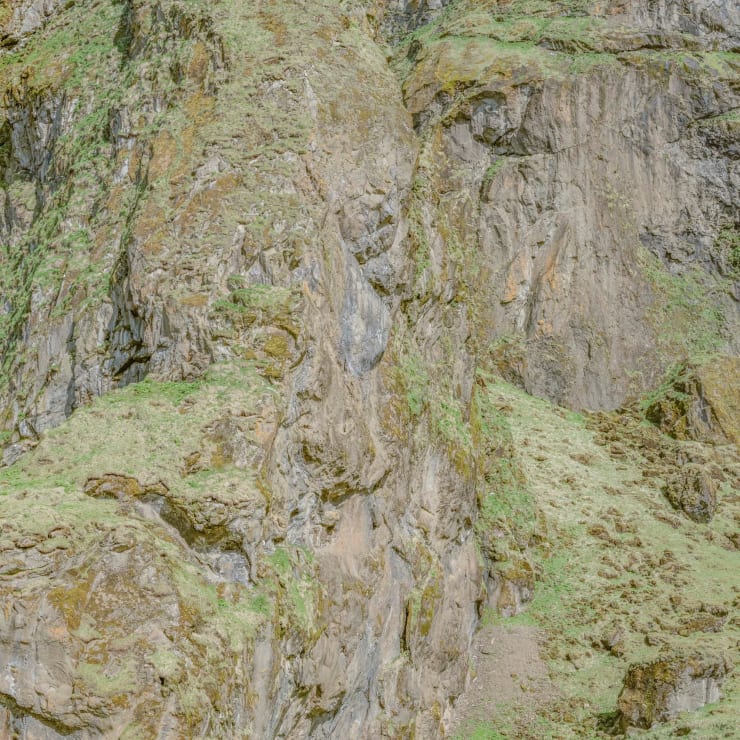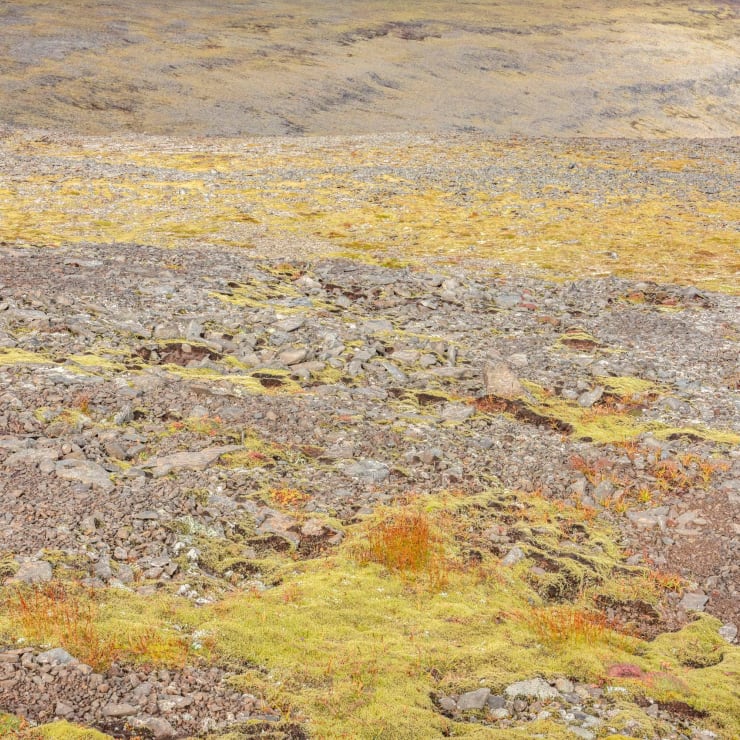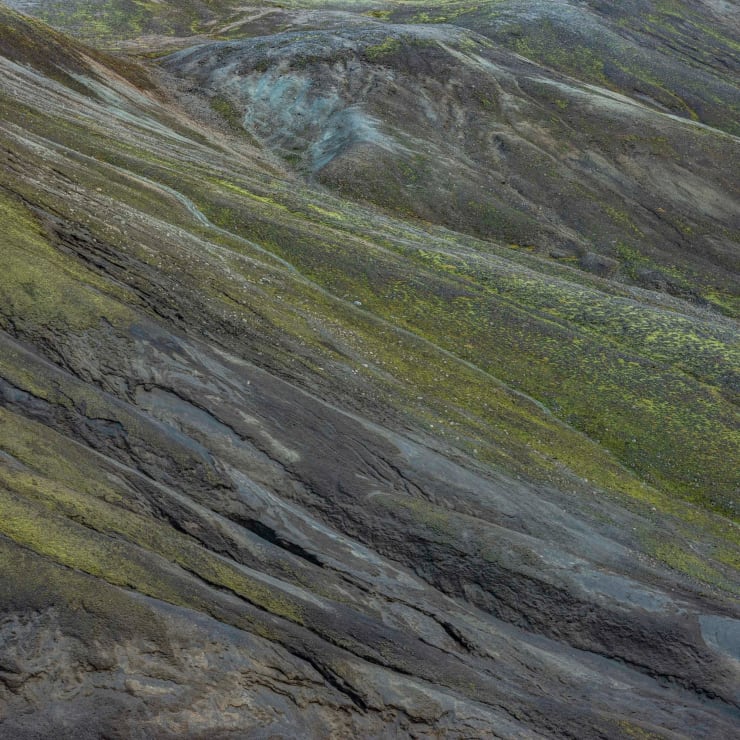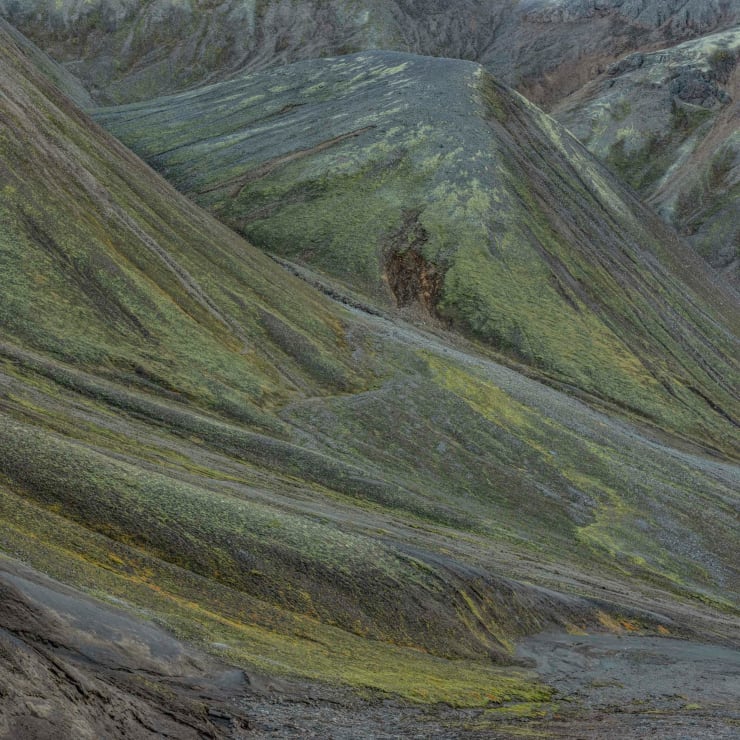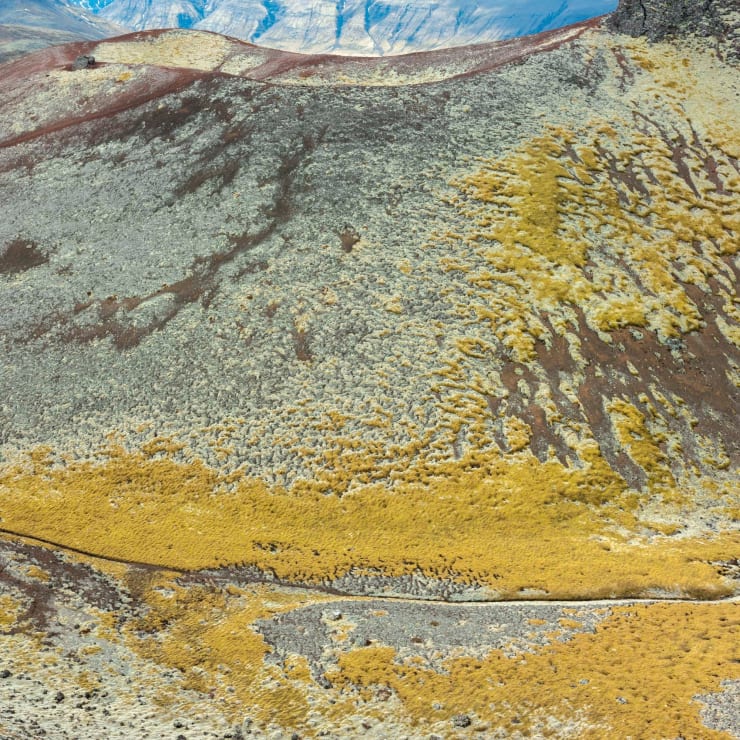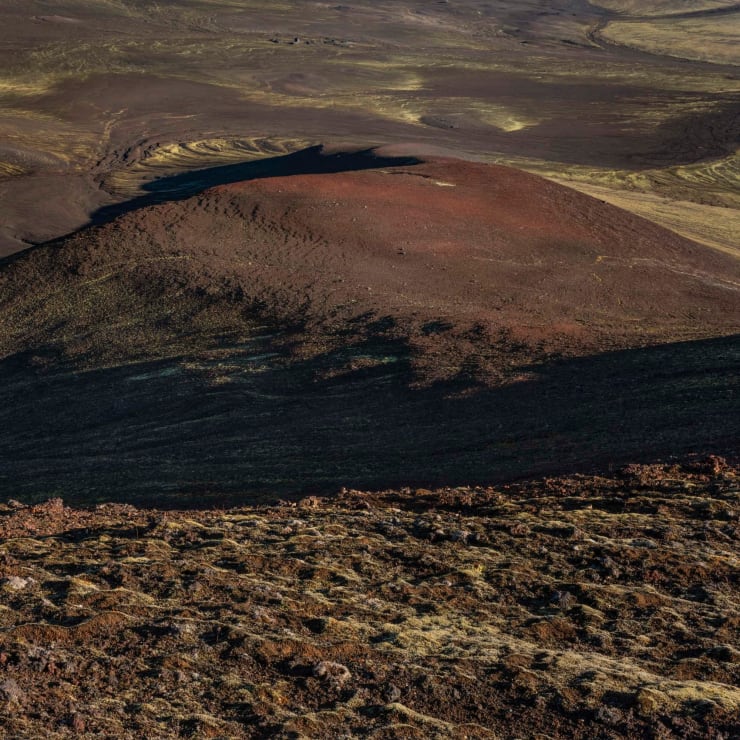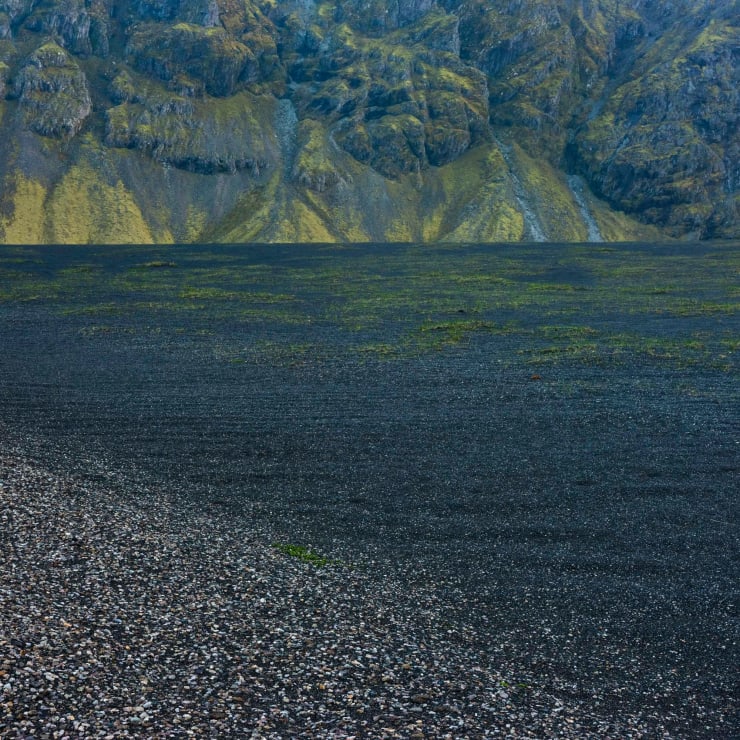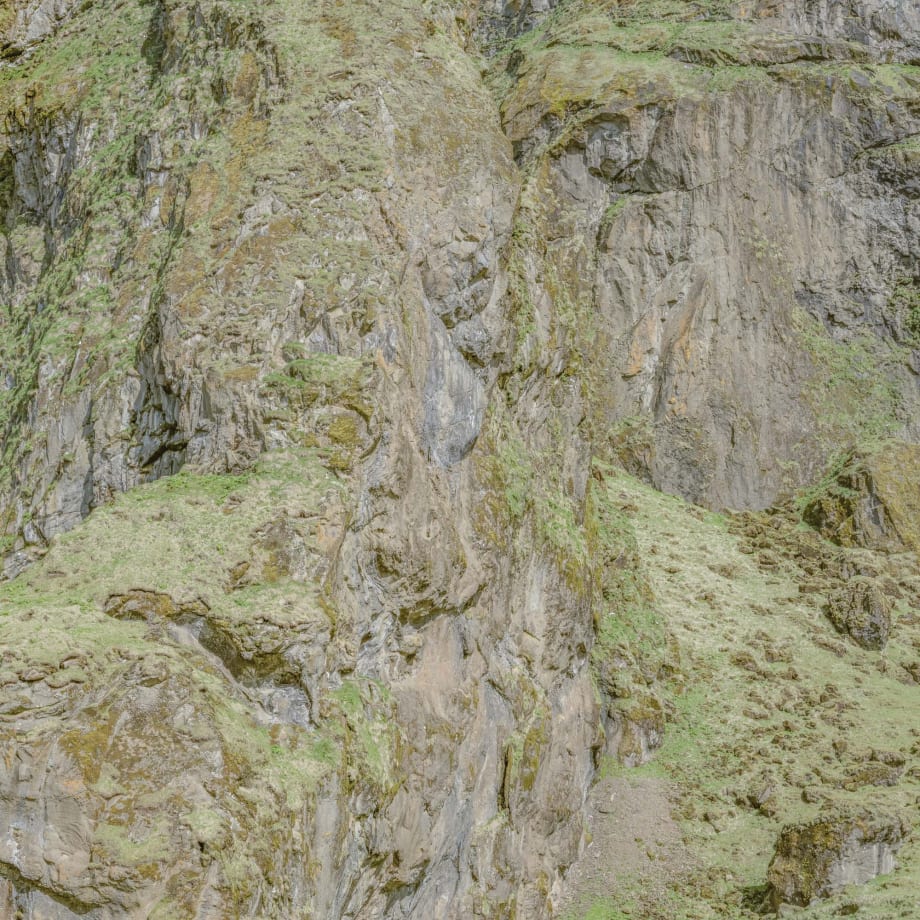Didier Goupy: Naissance de la Couleur / Fæðing litar
-
 Didier Goupy, ODYSSÉE 317, 2025
Didier Goupy, ODYSSÉE 317, 2025 -
 Didier Goupy, ODYSSÉE 477, 2025
Didier Goupy, ODYSSÉE 477, 2025 -
 Didier Goupy, ODYSSÉE 556, 2025
Didier Goupy, ODYSSÉE 556, 2025 -
 Didier Goupy, ODYSSÉE 492, 2025
Didier Goupy, ODYSSÉE 492, 2025 -
 Didier Goupy, ODYSSÉE 530, 2025
Didier Goupy, ODYSSÉE 530, 2025 -
 Didier Goupy, ODYSSÉE 529, 2025
Didier Goupy, ODYSSÉE 529, 2025 -
 Didier Goupy, ODYSSÉE 531, 2025
Didier Goupy, ODYSSÉE 531, 2025 -
 Didier Goupy, ODYSSÉE 503, 2025
Didier Goupy, ODYSSÉE 503, 2025 -
 Didier Goupy, ODYSSÉE 508, 2025
Didier Goupy, ODYSSÉE 508, 2025 -
 Didier Goupy, ODYSSÉE 551, 2025
Didier Goupy, ODYSSÉE 551, 2025 -
 Didier Goupy, ODYSSÉE 505, 2025
Didier Goupy, ODYSSÉE 505, 2025 -
 Didier Goupy, ODYSSÉE 510, 2025
Didier Goupy, ODYSSÉE 510, 2025 -
 Didier Goupy, ODYSSÉE 535, 2025
Didier Goupy, ODYSSÉE 535, 2025 -
 Didier Goupy, ODYSSÉE 536, 2025
Didier Goupy, ODYSSÉE 536, 2025 -
 Didier Goupy, ODYSSÉE 471, 2025
Didier Goupy, ODYSSÉE 471, 2025 -
 Didier Goupy, ODYSSÉE 472, 2025
Didier Goupy, ODYSSÉE 472, 2025 -
 Didier Goupy, ODYSSÉE 518, 2025
Didier Goupy, ODYSSÉE 518, 2025 -
 Didier Goupy, ODYSSÉE 524, 2025
Didier Goupy, ODYSSÉE 524, 2025 -
 Didier Goupy, ODYSSÉE 483, 2025
Didier Goupy, ODYSSÉE 483, 2025 -
 Didier Goupy, ODYSSÉE 507, 2025
Didier Goupy, ODYSSÉE 507, 2025
12. April – 18. May, 2025 — Þula Grandi
Þula is proud to present Naissance de la Couleur / Fæðing litar, the first solo exhibition in Iceland by the esteemed French photographer Didier Goupy. The exhibition marks the debut of Odyssey, a contemplative photographic series developed across repeated visits to Iceland since 2021.
Goupy’s work spans decades and continents. Born in 1960, he began his photographic journey in Morocco and his early series from Ireland and Egypt swiftly earned him attention in major publications. Based in Paris since the mid-1980s, Goupy has contributed to renowned agencies including Sygma, while continuing to deepen a visual language that finds its roots in portraiture and flourishes in abstraction. Following extensive travels through India in the 1990s, his focus turned increasingly toward colour—not merely as hue, but as experience.
With Odyssey, Goupy approaches Iceland not as a documentarian, but as a seeker. The landscape becomes both subject and metaphor: a terrain at once immense and intimate, where colour is not simply seen, but sensed. His images, shaped by the spirituality of Rothko and the sensory nuance of Bonnard, oscillate between surface and depth, presence and memory.
The exhibition title draws inspiration from J.M.W. Turner’s Light and Colour (Goethe’s Theory), a work that foreshadowed abstraction by pushing beyond figurative representation. Likewise, Goupy’s photographs are not depictions of Iceland in the traditional sense. Rather than chasing the sublime or the remote, he seeks a different kind of passage: the elusive reconciliation between the landscape one crosses with the body and the one apprehended through prolonged observation. His photographs are quiet acts of alignment between inner perception and the outer world—gestures toward a colour-space in which form dissolves, and meaning arises.
Central to this inquiry is the tension between the real and the abstract, between space and surface. As Kandinsky once distinguished between warm and cool tones as opposing forces of extension and retraction, Goupy finds their living equivalents in the union of glacier and volcano. His work is not about the spectacular, but about vibration: colour as emotion, movement, memory.
This ongoing body of work, shaped over repeated seasonal returns to Iceland, carries the spirit of Cézanne’s persistent dialogue with Mont Sainte-Victoire. In that tradition, Goupy returns sur le motif—to see again, and differently. Each image is an attempt to transcend perspective and reach a state of stillness, where colour becomes a field of thought.
At the heart of Naissance de la Couleur lies a paradox: the closer one comes to understanding colour, the more mysterious it becomes. Yet it is in this mystery that Goupy locates something essential—the enduring, childlike awe of first vision. Colour, for him, is not simply a tool of the medium, but the connective tissue between personal memory and the eternal world.
